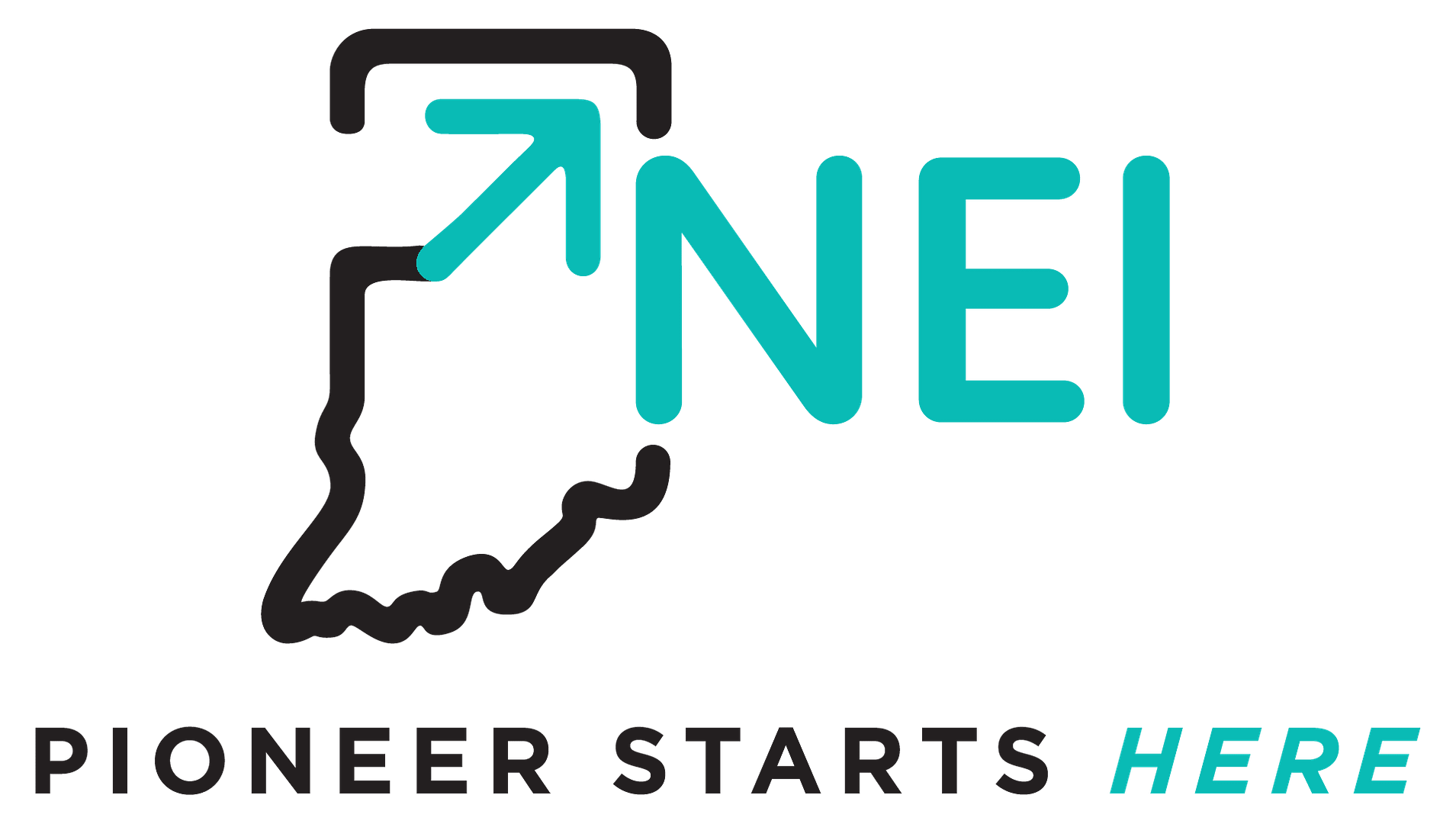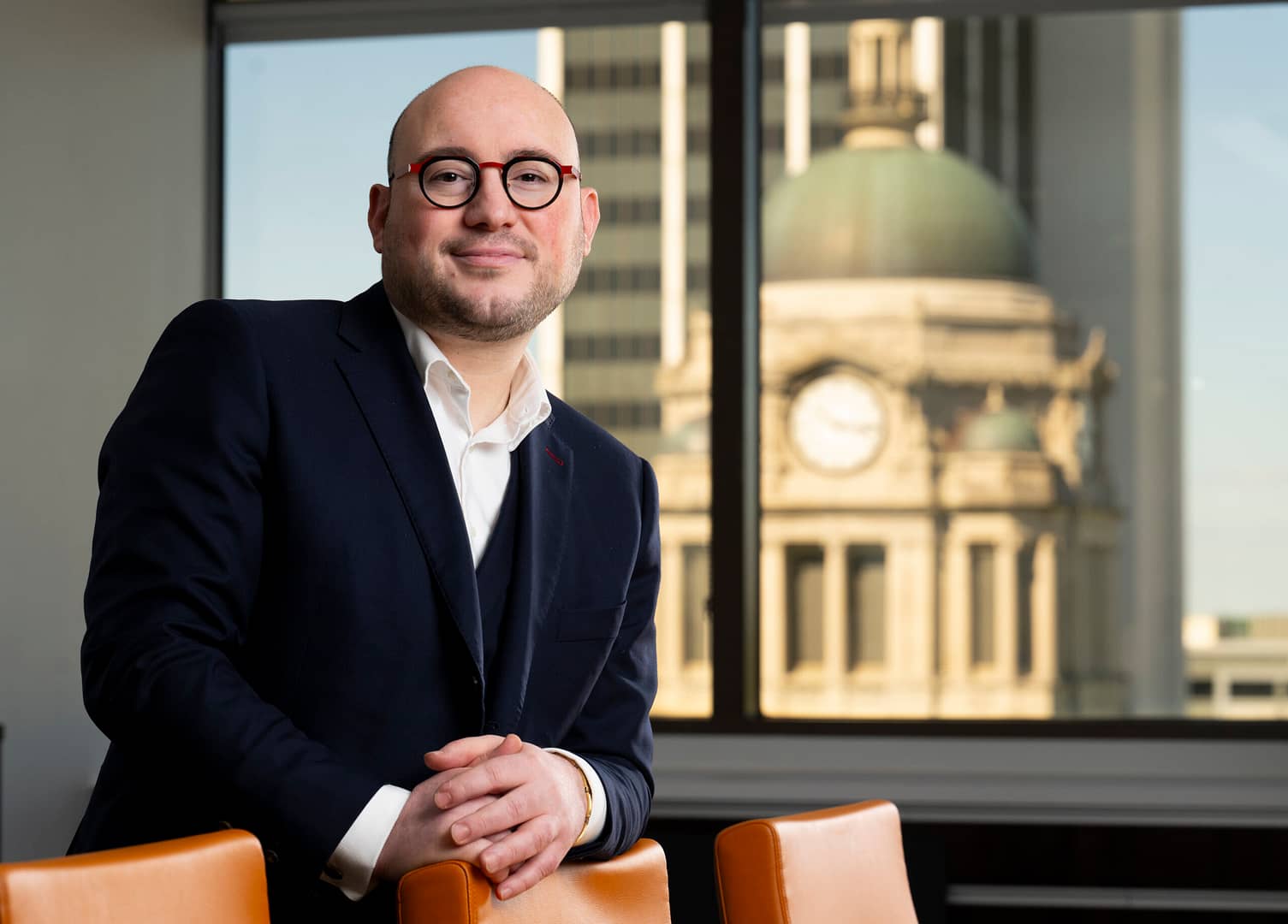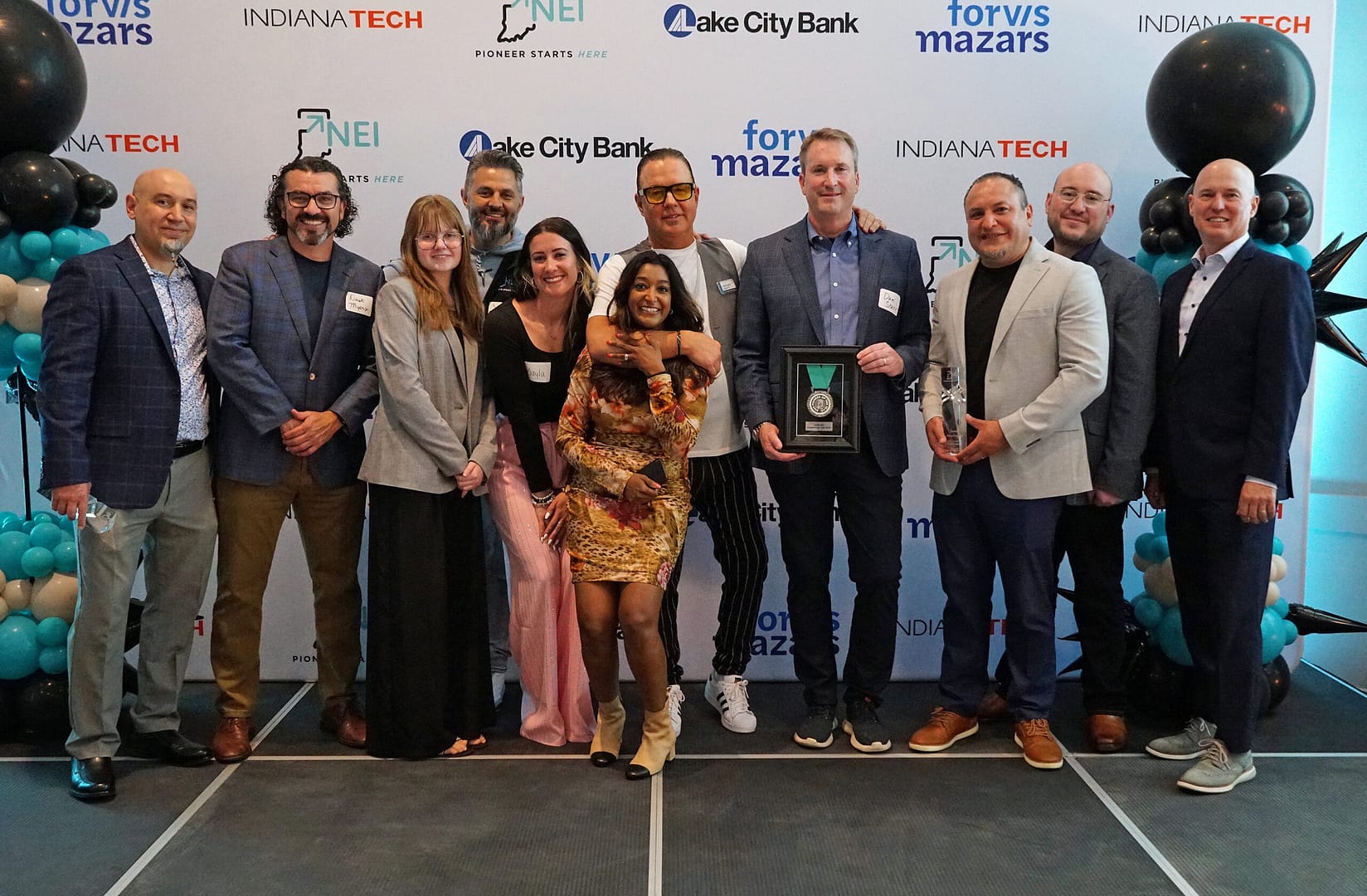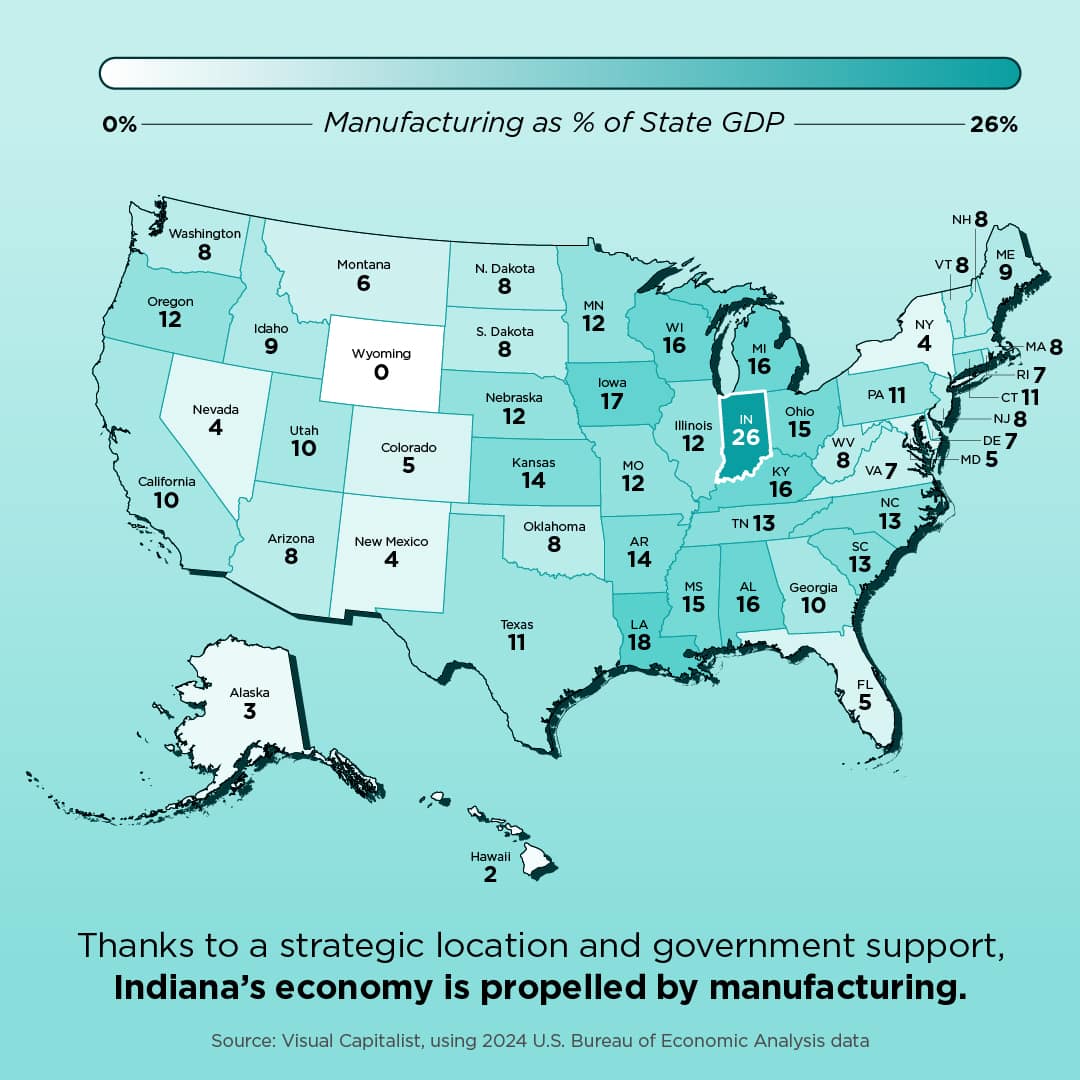If Javier Mondragon were to step out of the front door of Many Nations Church of the Nazarene in 2008, he would see a neighborhood featuring several vacant lots with overgrown grass or boarded-up houses marked with graffiti.
And it would look all too similar to his hometown, Cuernavaca, a city south of Mexico City, Mexico.
“My background was a tough time in Mexico, where I was involved in the gangs and stuff like that,” Mondragon said.
Drugs and alcohol were part of everyday life for Mondragon. He was a gang member, drank, smoked marijuana and a cocaine user before the age of 15. His father left after he was born, and his mother died when he was 17.
Mondragon, the founder and CEO of Bridge of Grace, was on a path of destruction. His saving grace? His brother, Quino, who helped him become a follower of Christ.
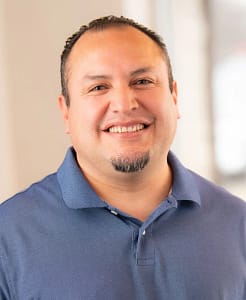
Mondragon knew he had to stop what he was doing and get out of the environment. That’s when he moved to Arkansas with his brother.
“When I arrived in Arkansas, my life turned around,” Mondragon said.
Shortly after the move, he felt the calling of the ministry. Mondragon and his wife, Annette, both went to seminary school in Baja California after they got married. Following school, they went back to Arkansas with the idea of starting a church. However, the denomination leader in the area never returned Mondragon’s call.
So, he went back to work at a regular job and waited. But before long, the district superintendent here in Northeast Indiana got in touch with him and said there was an opportunity to lead a church in southeast Fort Wayne.
Before Mondragon took over, the Grace Point Church sat empty. Now, under the name of Many Nations Church of the Nazarene, it’s a part of an expanding campus that also has Bridge of Grace’s new building that opened earlier this year. It includes the Early Learning Center and the Early Years Academy, which has a capacity for 150 children.
“As we were living here, we started to get to know the needs and the challenges that people experience. There was crime, shootings and youth on the street. It reminded me of myself when I was growing up,” Mondragon said. “As we started to see those things, our church was very intentional to reach out and try to help.”
Along with regular services, Mondragon started an after-school program, which was successful, but he noticed there was a lot of turnover among the kids. This was largely due to the type of housing in the area.
“I started to see that a lot of the kids would come to the after-school programs, and we help them with their reading and with their homework. The kids were making progress, and then three months later, they leave because their families were renting, they were evicted, or mom had to leave because they found another job,” Mondragon said.
Previously, 66% of the homes in the neighborhood surrounding Bridge of Grace were rentals.
“I had a vision to do more, but I couldn’t because we didn’t have the resources,” Mondragon said.
That’s when a person in the congregation, who had experience with nonprofits gave Mondragon the idea to start a nonprofit of his own.
“That would open the doors for more funding. We could go apply for grants and things like that,” Mondragon said.
However, Mondragon went to school for seminary, not community development. He had no experience running a nonprofit.
“So, I read nonprofits for dummies,” Mondragon said.
Mondragon knew the biggest impact would be to address housing.
“I do believe that I think property, like taking control of property and moving the percentage of being mostly rentals to homeowners would make a big difference,” Mondragon said. “Hopefully, if you have a majority of homeowners, then that means they care more for the community. You’ll see more people reporting people who are doing stuff they shouldn’t be doing. We knew that was one of the things that we needed to do.”
He believed it would also help kids be more successful in school because they would remain in one place.
They started with one house across the street from Bridge of Grace. It was a house that sat empty for eight years.
Mondragon found out he could buy it through the tax sale for $4,000. He went to his board, and I asked for the money. The church only had $8,000 in the bank, meaning half of their money would be used for one house. Then, it would be another $35,000 to renovate the house.
Mondragon was able to convince his board, and they got $5,000 from the bank to buy the house. Then, they received a donation for $35,000.
This started a snowball effect.
“People started calling me and said, ‘Hey, I heard you’re doing housing now.’ I said, ‘Well, I’m doing this one house.’ And they said, ‘Well, you know, if you’re doing housing, we’re in. We want to help.’”
The community stepped up and the growth has been very fast in the last eight years. Since 2016, 32 houses in the area have been renovated. Bridge of Grace built partnerships with Habitat for Humanity and the City of Fort Wayne to take on more vacant lots to build more homes.
Mondragon knows the work is not done. He went to a conference and one of the speakers said, “If you’re doing community development for your community, your neighborhood, and your church, I just want to tell you, you have to commit to 15 years to start seeing progress.
That stunned Mondragon because he’s only halfway through this undertaking. Those 15 years include changing the thinking of the community you’re helping. You must build trust within the community.
Before Mondragon settled with his church, there were two or three different churches with different names that would stick for a year or two, and then leave.
“People are used to that sort of thing, and they don’t want to trust you. They don’t want to invest, they don’t want to do anything, because they see you’re here for a little while, then disappear.”
Mondragon has proven he’s here for the long haul and it shows in the numbers.
“We’ve seen a reduction of crime by 65 percent in our neighborhood, at least in Mount Vernon Park. We had a 66 percent rental rate. Today it’s 49 percent, so we have 51 percent ownership now. Our goal is to get to 70 percent ownership. According to research, 70 percent is a healthy neighborhood,” Mondragon said.
“Our mission, our vision, is to break the cycle of poverty. I learned years ago that to break the cycle of poverty is in those first five years of life. It’s so important, right? That’s when the brain is developing. If we can get them there, I’m pretty sure we can change the trajectory of the kids for the rest of their lives,” Mondragon said.
The trajectory for southeast Fort Wayne can and will continue going up as long as Mondragon and his organization keep doing the work they’ve done for the last 16 years.
The mark Mondragon has made on southeast Fort Wayne will be felt for a long time and last a lot longer than the graffiti that was there before.
